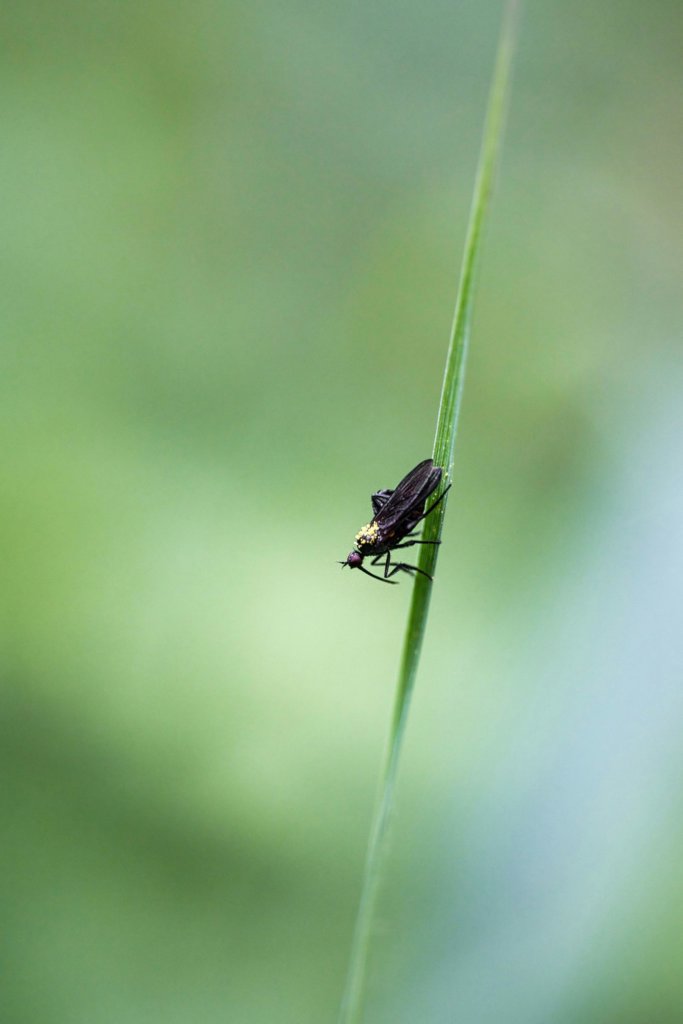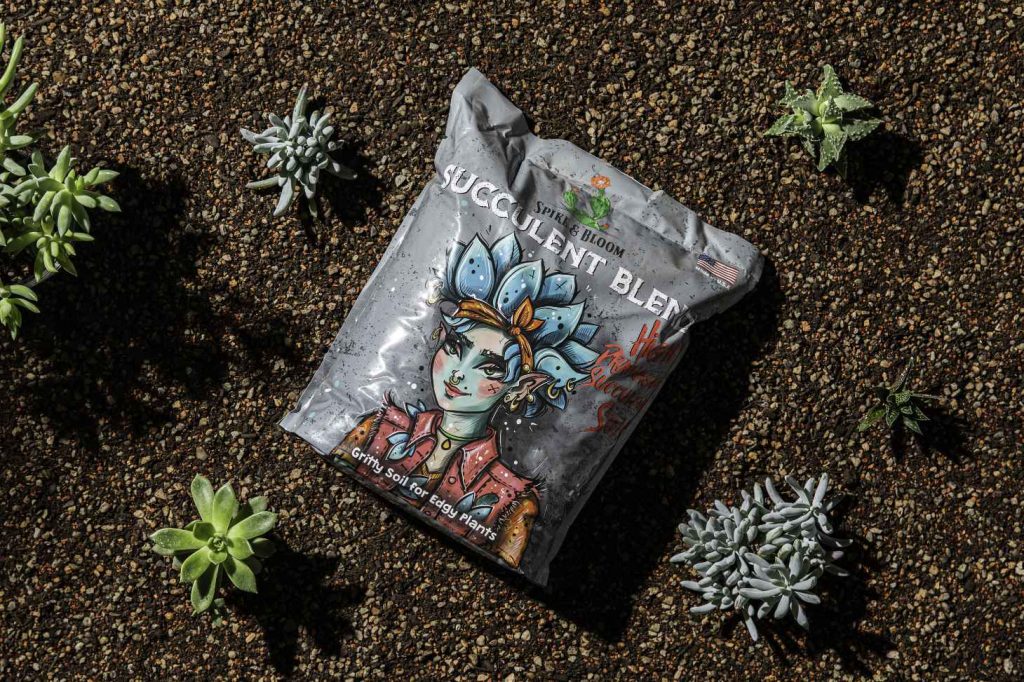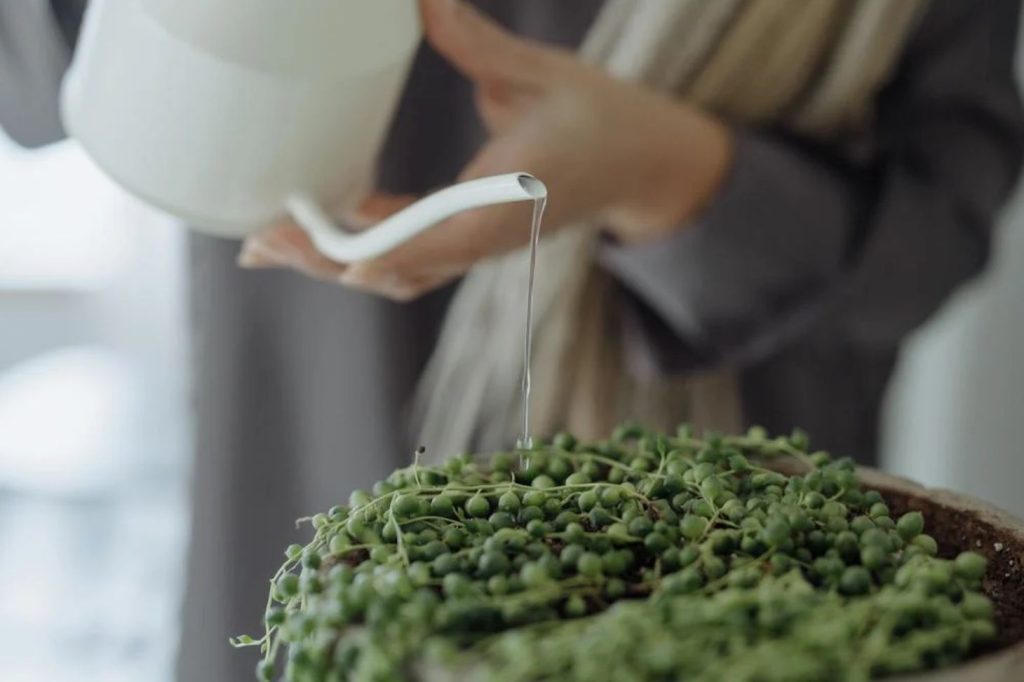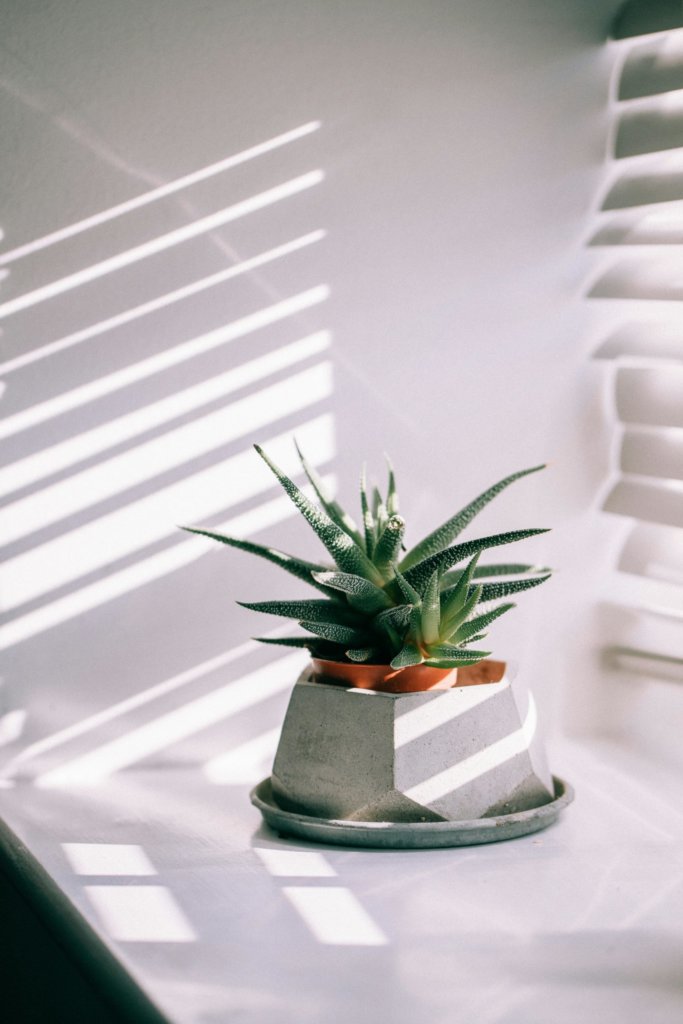How to Get Rid of Fungus Gnats on Succulents
Fungus gnats are small black flies that often show up when your succulent soil stays too wet. These pests can harm your plants by feeding on the roots and making it harder for your succulents to grow strong and healthy. To get rid of fungus gnats on succulents, let the soil dry out between waterings, use sticky traps, and try safe treatments like neem oil or insecticidal soap.
Many plant owners struggle with these annoying bugs, but you do not have to let gnats take over your collection. Learning how to spot and stop them early can help keep your succulents looking their best. If you want simple steps that work and tips to prevent future problems, keep reading.
Identifying Fungus Gnats and Infestations

Fungus gnats often appear as small flying bugs near your potted plants. You may notice damage before you see the insects themselves, especially on succulents and other houseplants.
Recognizing Signs of Gnat Infestation
Fungus gnats are tiny, black flies, about 1/8 inch long. They often hover around moist soil or the base of your succulents. You may see them especially after watering. Adult gnats are more active at dusk or when lights are on.
Common signs include:
- Small black flies flying around your plants
- Larvae visible in the top layer of soil (tiny, white, threadlike)
- Yellowing or wilting leaves, especially on young or newly-potted succulents
- Soil that stays damp for long periods
Fungus gnat larvae are most harmful to young roots and can make plants look weak or slow-growing. Watch for stunted growth and poor root health as clues. You might also see eggs or larvae if you look closely at the soil with a magnifying glass.
Differentiating Fungus Gnats from Fruit Flies
Fungus gnats and fruit flies are often confused, but they live in different environments and have visible differences.
Fungus Gnats:
- Prefer moist soil in houseplants and succulents
- Smaller heads and longer legs
- Rest on soil or plant stems
- Attracted to dampness, not fruit
Fruit Flies:
- Found near decaying fruit or food
- Larger, rounder body
- Often seen in kitchens
- Attracted to sugary, rotting items
Key differences include where you see them and what they are drawn to. Place a sticky trap in both the kitchen and near your plants. If you catch bugs only near plants, it’s likely fungus gnats. Looking closely, fungus gnats will appear more delicate and have clear wings.
Understanding the Gnat Life Cycle
The fungus gnat life cycle has four stages: egg, larva, pupa, and adult. Adult females lay up to 200 eggs in moist soil. Within a few days, the eggs hatch into larvae, which feed on organic material and delicate plant roots.
Larvae (maggots) are about 1/4 inch long, white, with black heads. This stage lasts about two weeks, depending on soil moisture and temperature. Healthy, moist soil speeds up their growth. Pupation takes place in the soil, lasting for 3-6 days before adults emerge.
Adults only live about a week but reproduce quickly. This entire cycle can be complete in 3-4 weeks under ideal conditions. If the soil remains damp, infestations can happen fast. Controlling moisture and breaking this cycle is key to stopping fungus gnats on your succulents.
Effective Methods to Get Rid of Fungus Gnats on Succulents
Fungus gnats thrive in moist environments, especially when soil stays wet for too long. Addressing excess moisture, trapping adult gnats, and using targeted treatments can get rid of the pests and prevent future outbreaks.
Drying Out Moist Soil
Moist soil is the main reason fungus gnats appear in succulent pots. The larvae feed in damp soil, especially when there is detritus or decaying plant matter present.
Letting the soil dry out between waterings is the most important step. Succulents prefer dry soil, so water your plants only when the top inch or two feels dry to the touch. Avoid overwatering and never leave pots sitting in water.
Tips to Dry Out Soil:
- Use pots with drainage holes.
- Switch to bottom watering so only roots access moisture.
- Clear away fallen leaves or plant debris.
Drying out the substrate not only kills larvae but also slows future egg laying.
Using Yellow Sticky Traps

Yellow sticky traps are a simple and chemical-free way to catch adult gnats. These bright traps attract flying gnats, which then get stuck on the surface and can’t reproduce.
Place the sticky traps near the base of your succulents or stick them into the potting mix. Replace the traps as they fill up with insects. Sticky traps work well for monitoring new outbreaks too.
Other alternatives like vinegar traps (using apple cider vinegar) can also draw in some gnats, but yellow sticky traps remain more effective for indoor use and ongoing prevention.
Applying Diatomaceous Earth
Diatomaceous earth is a natural powder made from fossilized algae. Use only food-grade diatomaceous earth on houseplants. It kills gnat larvae by damaging their bodies as they move through the soil.
Sprinkle a thin, even layer on the surface of the soil. It should stay dry to work well, so avoid watering from above. Reapply after each watering or if it gets washed away.
This powder is safe for succulents and people, but wear a mask while applying it to avoid breathing it in. Diatomaceous earth can also help with other small pests.
Hydrogen Peroxide and Natural Treatments
Hydrogen peroxide (3%) mixed with water at a 1:4 ratio can eliminate fungus gnat larvae in soil. Water your succulents with the solution as you normally would.
The solution fizzes on contact, breaking down larvae without harming plant roots when diluted properly.
Other natural remedies include:
- Neem oil spray: Controls both larvae and adults.
- Insecticidal soap: Targets adults found on plant surfaces.
- Beneficial nematodes: These microscopic worms, added to the soil, eat the larvae.
Combining these treatments can speed up control and minimize chances of another outbreak. Always follow label instructions, especially with chemical or oil-based sprays.
Improving Succulent Growing Conditions to Prevent Recurrence
Healthy growing conditions lower the chance of fungus gnats and help your succulents thrive. Paying attention to soil, watering, and your plant’s surroundings stops future problems before they start.
Selecting Well-Draining Soil and Pots

Using well-draining soil is important for keeping your succulents safe from fungus gnats. Choose a well-draining succulent soil or make your own mix with potting soil and perlite for extra drainage. Adding sand or perlite helps water move through the soil quickly, stopping moisture from building up.
Make sure you use pots with drainage holes. This lets excess water escape, so your soil doesn’t stay soggy. Clay pots also help because they let the soil dry out faster.
For the best results, use a well-draining potting mix to avoid bringing fungus gnat eggs or larvae into your home. Replace old or moldy soil if you see gnats return.
Proper Watering and Moisture Control

Fungus gnats thrive in damp soil, so only water your succulents when the soil is completely dry. Put your finger into the soil about an inch deep, if it’s dry, it’s time to water. If it feels damp, wait a few more days and check again.
Watering at the base of the plant instead of above keeps leaves dry and avoids attracting pests. Use a squeeze bottle or a watering can with a narrow spout for better control.
Or water from the bottom of the pot. If done carefully the roots will get the water they need while the topmost surface of soil stays dry or nearly dry.
Make sure to empty saucers under your pots so water doesn’t sit in the bottom. If you grow succulents indoors, place them in a spot with good air circulation and plenty of light to help the soil dry faster and prevent root rot.
Removing Organic Debris from Plant Area
Clear away fallen leaves, dead stems, and any plant debris around your succulents. Decaying organic material is a strong attractant for adult gnats and a place for larvae to feed and develop.
Check the soil surface and the top few inches of the pot often. If you see any debris, scoop it out right away and dispose of it. This is important for both indoor plants and outdoor container gardens.
Try to keep the area clean by wiping down nearby surfaces with a damp cloth. Keeping your succulent pots and the space around them tidy helps remove places where fungus gnats can thrive.
Long-Term Prevention and Maintenance Tips
Keeping fungus gnats out of your succulents takes more than one-time treatments. Long-term prevention means being careful with new plants, checking for early signs, and giving your succulents what they need to stay healthy.
Quarantining New Plants

Whenever you bring new houseplants or potted plants into your home, keep them away from your existing succulents for about two weeks. This quarantine period lets you spot any gnat infestations before they can spread.
Set the new plant in a separate room, and check the soil and leaves daily for adult gnats or larvae. If you see tiny flying insects, sticky traps can help you confirm their presence.
During this time, avoid watering new plants unless the soil feels very dry. Moist soil can attract fungus gnats, so it’s best to keep things dry at first. Only move the plant near your succulents once you’re sure it’s gnat-free.
Quarantining new plants protects your entire collection and stops pests before they become a bigger problem.
Monitoring for Early Signs of Infestation
Early detection is key to stopping a fungus gnat infestation before it grows. Pay attention to signs like small black flies hovering around your succulents, especially after watering.
Look closely at the soil surface for any signs of larvae, which look like tiny white worms. Yellow sticky traps are a simple tool for catching adult gnats and will help you notice their presence sooner.
Make it a habit to check your houseplants every week. If you spot even a few gnats or larvae, act right away with safe treatments. Monitoring helps you respond fast so gnat infestations don’t get out of control.

